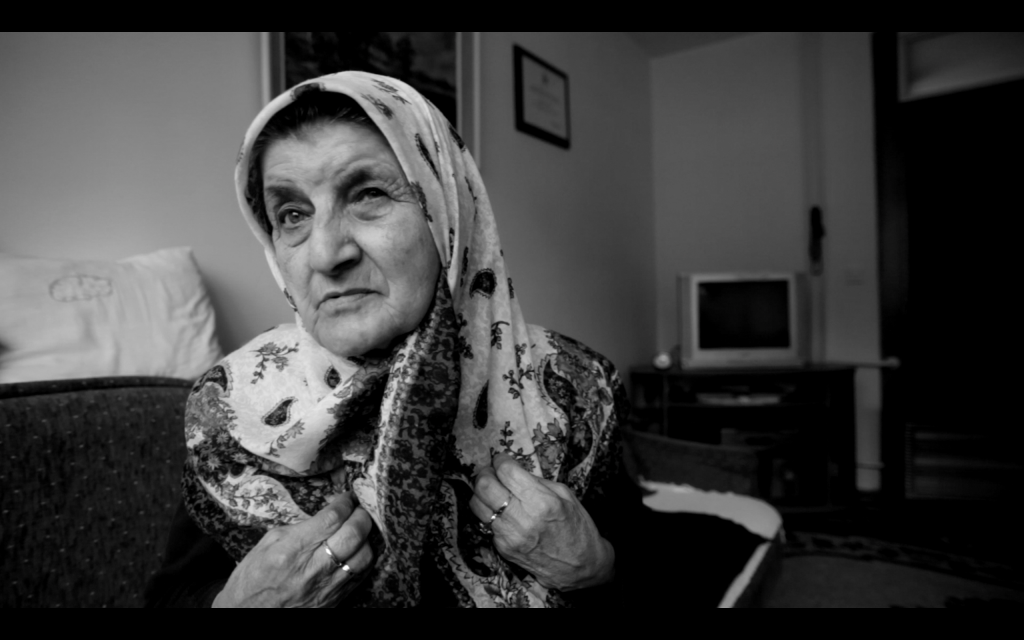
What role can the visual arts play in public health? How can a nation recover from widespread emotional and psychological trauma when there is a deficit of psychologists and psychiatrists to support its population?
What role can the visual arts play in public health? How can a nation recover from widespread emotional and psychological trauma when there is a deficit of psychologists and psychiatrists to support its population? In part V of our ongoing publication series exploring Post-Traumatic Stress Disorder (PTSD) and the visual arts, registered nurse Bruce Clezy discusses the topic of post-traumatic growth. To begin at part I of this series, click here.
For our upcoming and final piece in this series on the role of visual arts in public health, we explore “Ordinary Heroes,” a documentary series produced by Sarajevo’s Post-Conflict Research Center (PCRC) in association with Pinch Media. To date, the series contains four 30-minute episodes, each of which tells the story of ordinary Bosnian citizens, who, amidst the horrors of war, chose to risk their own lives to save the lives of others. In many cases, those rescued belonged to a different ethnic group than the rescuer. Jagoda, a Bosnian Croat, saved Hamdija, a Bosnian Muslim. Zoran, a Bosnian Jew, saved Azra, a Bosnian Muslim, along with countless other lives from all ethnic groups. Mina, a Bosnian Muslim, put her own safety on the line to save Ferid, another Muslim, despite having witnessed firsthand her own family being exterminated during World War II. Đorđe, a Bosnian Serb, saved the lives of countless others, including his Bosnian Muslim neighbor Salih, who was detained in a concentration camp. What was it about these individuals that made them act with such integrity in times of mass violence? How did they manage to resist the madness of the time and do the “right thing” while the world around them was falling apart? What can we learn from these people to prepare for future times of crisis and trauma so that others can act with integrity and humanity? It is these questions that lead us to the idea of post-traumatic growth (PTG).
What is Post-Traumatic Growth?
PTG is a relatively new concept in psychological literature. Based on the groundbreaking work of Tedeschi and Calhoun, PTG acknowledges that while traumatic events can lead to much pain and suffering, trauma also allows many people to experience positive change in their lives (Krippner, Pitchford & Davies 2012; Calhoun & Tedeschi, 2014). Fundamentally, PTG involves a change in self-perception brought on by the traumatic event. While trauma may make the world seem more dangerous and unpredictable, increasing the sense of an individual’s vulnerability, trauma can also lead to a sense of the individual being tested, of surviving the worst and of actually being quite strong (Calhoun & Tedeschi, 2014). Tedeschi and Calhoun summarize this idea of personal growth as being “vulnerable yet stronger,” or as “on my worst day being my best” (Krippner et al., 2012). If suitably addressed, post-traumatic stress may actually lead to an increased sense of resilience in the face of future adversity (Krippner et al., 2012; Calhoun & Tedeschi, 2014).
An important point to make here is that while PTG may lead to increased resilience, they are not the same. As Krippner and his associates point out, highly resilient people may experience less PTG than those who are less resilient (Calhoun & Tedeschi, 2014). This is because their resilience, their ability to “bounce back” from the traumatic event, may limit the extent to which they experience the psychological effects of trauma, thereby impeding the ability to grow and learn from the experience. PTG is, in fact, a process, an intellectual and emotional laboring in which the person reconfigures his or her self in light of a perceived threat or catastrophic event. PTG occurs when people are able to formulate more adaptive worldviews (Calhoun & Tedeschi, 2014).
A second important point is that this process is available not only to individuals but also to whole communities. Japan’s meteoric rise after World War II, for example, is a telling instance of the wider cultural implications of PTG (Krippner et al., 2012). In the wake of the devastation of Hiroshima and Nagasaki and the horror of the astronomical death toll- which exceeded three million, Japan nevertheless emerged in the 1970s as a global economic superpower. Faced with further disasters, such as the earthquake, tsunami and nuclear emergency of 2011, political leaders could invoke this past triumph as a sign of the Japanese people’s resilience, strength and determination in the face of adversity. The nation knew that it could survive and prosper because it had done so in the past.
If PTG, then, is a process that is available to both individuals and cultures alike, how can it be leveraged to prevent future disasters, such as mass violence and genocide, and the resultant trauma?
Next up: Living in the Aftermath: Post-traumatic Growth and “Ordinary Heroes” (Part VI)
—
Further reading
Calhoun L, Tedeschi R. (2014) Handbook of Post Traumatic Growth: Research and Practice. [electronic resource] Hoboken: Taylor and Francis.
Krippner S, Pitchford D B, Davies J. (2012) Post-Traumatic Stress Disorder. Santa Barbara, California: Greenwood.






